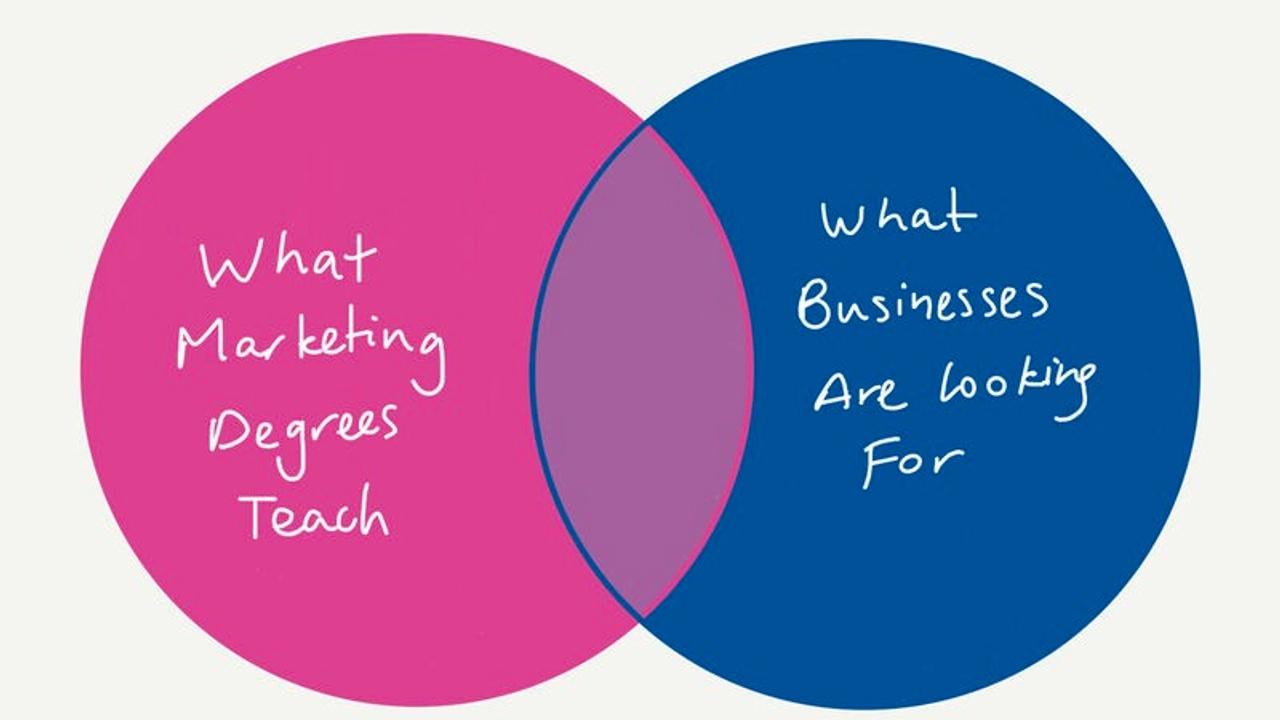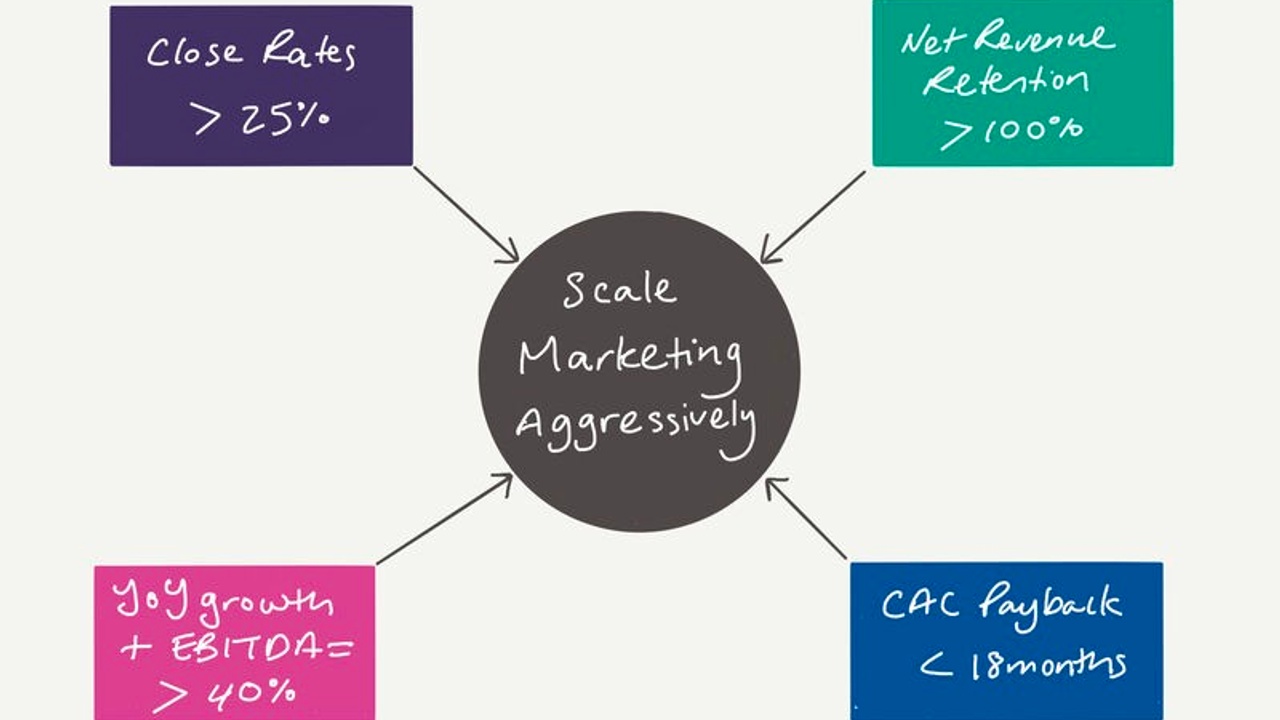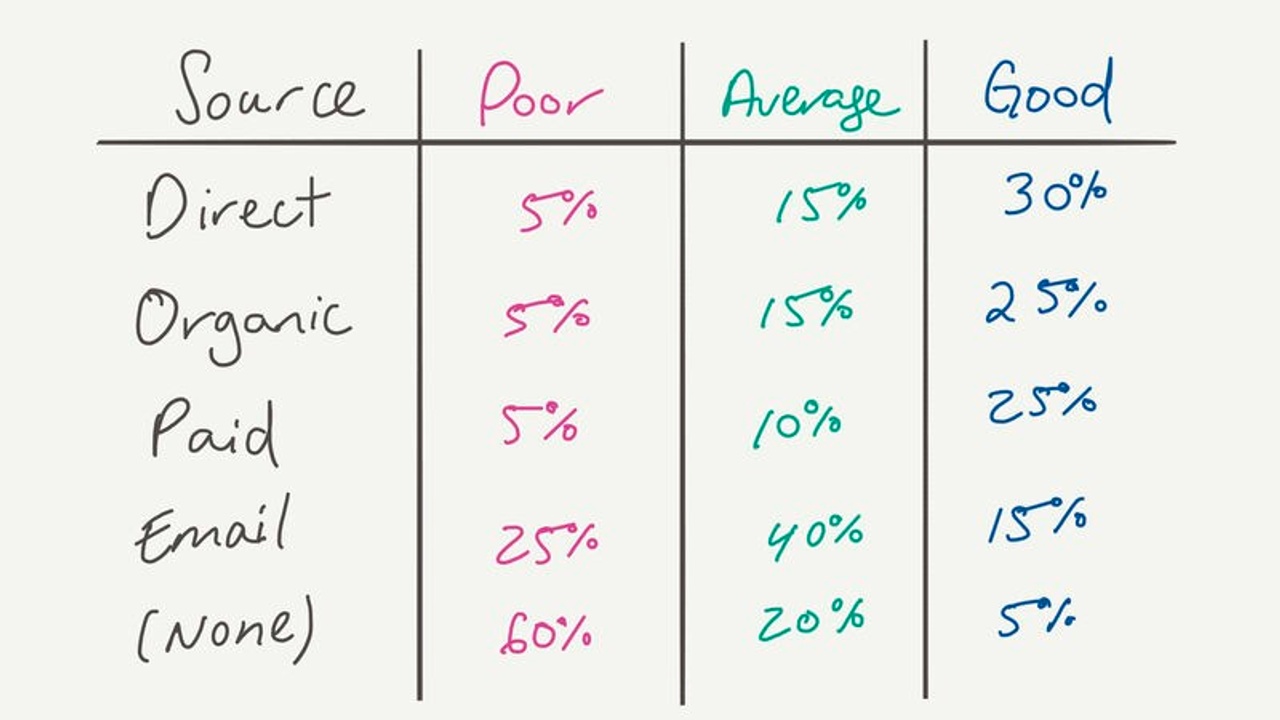Lead Scoring vs. MQL Quality

Equating MQLs that cross thresholds based on basic actions (e.g. website visits) with MQLs based on expressed intent sets up Marketing to fail.
A prospect who fills out a demo request form is far more qualified than someone who reads 2 blog posts and visits a case studies page.
This is what frustrates Salespeople, who end up complaining about lead quality to the organization. Meanwhile, Marketers point to inflated MQL numbers from list uploads / event contact lists / people who attended a webinar.
Along the way, companies miss their sales projections and board meetings get uncomfortable.
This is where figuring out which actions lead to Pipeline $, Bookings $ and Closed Won $ is critical to understanding which prospects are actually more qualified than others.
Immediately, lead scoring becomes the secondary need - and likely far less important - because Marketing starts to look at growth as its ultimate accountability.
Filling the Gaps in Marketing Degrees

There is a complete mismatch between what is taught in school about Marketing and growing companies versus what businesses actually need help with.
The result is a marketplace where candidates are underprepared to succeed and companies are unable to find enough talent.
Solutions for candidates:
- Self-study Marketing: books / podcasts / videos etc.
- Try to work for a company that prioritizes Marketing as a core growth driver: they will be far more inclined to invest in your growth.
- Take on a side project that helps you develop real-world marketing skills: E.g. start an e-commerce store and try selling products or start an Instagram / TikTok / YouTube channel and try to grow an audience.
Solutions for companies:
- Build an internal school to train employees into the Marketing talent you are looking for
- Invest in and buy resources for your team members, get them access to cutting edge knowledge in the space
- Invest in bringing on great Marketing leaders who can be...
4 Characteristics of Scale-Ready Companies

Scale-ready companies have certain characteristics as they've reached an advanced stage of Product-Market Fit:
- Close Rates > 25% -- Meaning that when a deal enters the pipeline, there is an efficient sales process behind the engine to convert it to Closed Won.
- Net Revenue Retention > 100% -- Meaning your customer base's value grows over time despite the attrition you experience.
- YoY Growth + EBITDA > 40% -- This is the rule of 40. It means the business has enough growth or profitability or both to keep growing the enterprise value of the business.
- CAC Payback < 18 months -- Meaning that the cash invested into growth is returned within a reasonable period. This number should normally be below 12 but when growing aggressively, being below 18 is fine.
If a company has all 4 of these characteristics, Marketing should be scaled aggressively across channels, programs and people.
It means making a big bet on your thesis in a market and believing there is far more TAM avail...
What Your Pipeline Sources Reveal

Pipeline source breakdowns reveal a lot about a company's marketing maturity.
Companies at earlier stages of maturity:
-Have an abnormal proportion of pipeline sourced to the (None) category
-Do not get enough pipeline coming in via Direct / Organic sources (revealing that not enough people know about the brand)
Companies with some maturity:
-Have better distribution across sources
-Still not enough contribution from Direct / Organic / Paid
-Contribution from Email is often too high as most marketing efforts are focused on emailing existing customers / traditional activities
Companies in a good place:
-Have significantly higher pipeline being generated from Direct / Organic / Paid sources
-Have far better data tracking in place to avoid large numbers in the (None) category
Marketing Maturity Stages

Unsurprisingly, Marketing's contribution to revenue is pipeline is directly correlated with the level of investment a company is willing to make into it.
Most B2B companies:
- Are Sales-Led -- where Sales is the main revenue driver and Marketing plays a supporting role.
or
- Have Nascent Marketing -- where Marketing is barely off the ground, there are 2-3 team members, and marketing investment is less than $500K per year.
or
- Have Some Marketing -- where Marketing's contribution to pipeline ranges somewhere between the 10-20% mark, with 4-5 team members and still limited spend.
When you look up and around at the market leaders in every category, market, vertical or segment, however, you notice that most market leaders have a significantly higher contribution from marketing efforts (closer to the 30-70% range).
And shocker...they also have larger Marketing budgets with larger teams.
You can't have one without the other.
Are You Following the Right Order of Content?

Too many companies get caught in producing content in the wrong order.
For example, what good is SEO content if you don’t have your core messaging and product marketing pillars figured out?
The right order of doing things:
- Sort out your Product Marketing (core messaging, value prop)
- Enable and empower the Sales team with the right materials and assets
- Run customer marketing campaigns to capture expansion opportunities from the existing base
- Set up nurture campaigns to help prospects make their way through their buyer journey
- Build thought leadership content with a unique perspective and story to differentiate yourself in the marketplace
- Create content to rank for organic search
Obsessing about number 6 when numbers 1-5 have not been figured out is a recipe for disaster.
The Marketing Pyramid for Scaling Revenue

Revenue growth is the ultimate objective for Marketing. But in order to make that possible, there are several elements that need to come together:
- Foundational
-Understand your market, customers and competitors
-Build the right story, positioning and message
-Analyze historical context and performance of the business
- Infrastructure
-Create the right data ops model for marketing and sales
-Have the right tech stack in place
-Build a website that converts
-Have a Sales process leads successfully convert through
- Planning
-Build the right Marketing strategy and mix of channels
-Hire and onboard a competent team capable of executing
-Secure the right amount of Marketing budget
- Programs
-Create compelling content that resonates with your audience
-Launch demand gen programs to scale outreach
The ultimate goal of all this is to drive revenue growth.
Given how many components are involved, you need leaders who have the patience to build a...
Product Roadmap vs. Thought Leadership

Your thought leadership content and your positioning / messaging should be directly connected to your product roadmap.
What good is it to talk about the leading edge if your product can't deliver on that promise?
This is where Marketing and Product working together can create a significant amount of value for the business.
It is also often work that Marketers don't spend as much time on because near-term pipeline generation is always a priority.
But the more time that's spent in aligning Product / Delivery and what the customer receives with what is promised / communicated on front-end, the stronger a company's ability to scale.
Is Your Expensive SKO Worth It?

Sales-led companies are notorious for spending hundreds of thousands of dollars on expensive Sales Kickoffs to start the year.
While SKOs certainly serve a purpose to educate and enable sales reps so they can sell more / better, the messaging inside these events often resorts to old school sales platitudes like:
-"Pound the pavement"
-"You can crush your targets"
-"Keep dialing for dollars"
Meanwhile, the company's Go-To-Market is weak. The overall company narrative and story don't resonate with customers and prospects. There isn't enough content produced to educate prospects along their journey. There aren't enough demand generation programs in place to produce inbound MQLs.
This is how sales reps are set up to fail. They eventually miss quota. Board meetings get uncomfortable. VPs of Sales are replaced.
And then the cycle repeats all over again.
Instead, the odds of success increase significantly if the company actually invested into a Go-To-Market to build momentum to generate pipeline.
Sale...
Product Roadmap vs Thought Leadership

Your thought leadership content and your positioning / messaging should be directly connected to your product roadmap.
What good is it to talk about the leading edge if your product can't deliver on that promise?
This is where Marketing and Product working together can create a significant amount of value for the business.
It is also often work that Marketers don't spend as much time on because near-term pipeline generation is always a priority.
But the more time that's spent in aligning Product / Delivery and what the customer receives with what is promised / communicated on front-end, the stronger a company's ability to scale.



